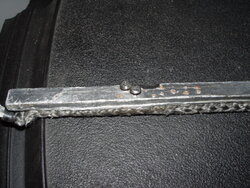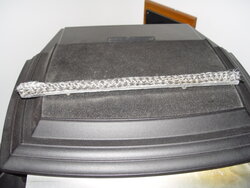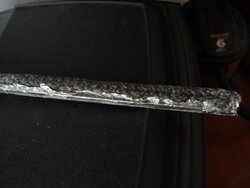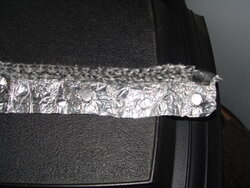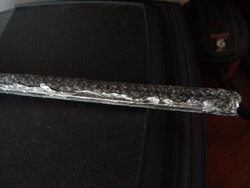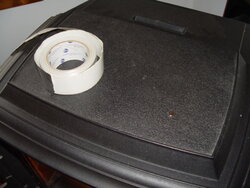So oil has been a cheaper option so I'm running my stove less. It's so drafty when not in use. Does anyone else experience this and what do you do? I've been thinking of just throwing a blanket over the stove but it won't look pretty that's for sure. Still burning Home Depot pellets from last year.
Sent from my iPad using Tapatalk
Sent from my iPad using Tapatalk




